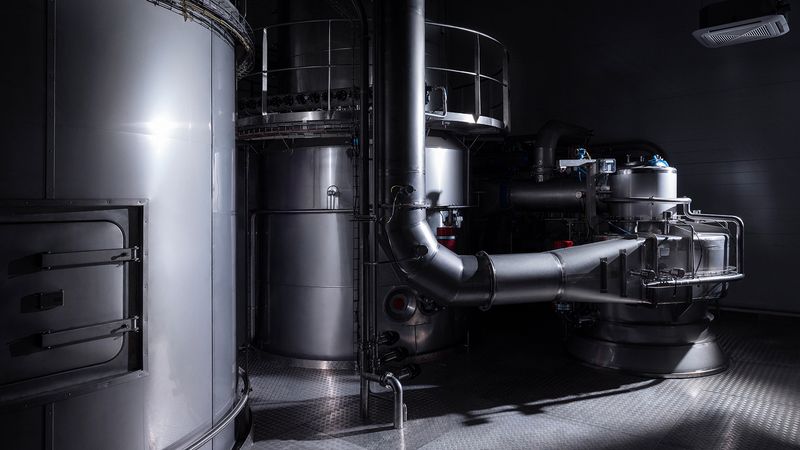

USDA’s US$72 billion livestock subsidies continue to overshadow budding alternative protein sector
A recent analysis by the Environmental Working Group (EWG) has revealed that USDA subsidies to livestock producers have topped US$72 billion since 1995, highlighting the long-standing financial commitment to traditional animal agriculture. This extensive support, encompassing disaster relief, crop insurance, and pandemic aid, reflects the USDA's focus on stabilizing the livestock industry. However, as consumer demand grows for sustainable alternatives, advocates argue that the alternative protein sector is missing out on critical funding that could help accelerate innovation and lower prices.
The EWG’s report underscores a sharp imbalance in funding, with almost no federal subsidies directed toward alternative proteins. Plant-based, cultivated, and fermentation-derived proteins—promoted for their potential to reduce environmental impacts—remain largely unsupported by public funds, struggling against heavily subsidized animal agriculture. The disparity raises questions about how public funds might be better allocated to foster a more balanced, sustainable food system.
Subsidies for traditional animal agriculture are deeply entrenched, with billions funneled to livestock operations each year. In contrast, global investment in alternative proteins totaled US$523 million in 2023, a sum far outstripped by animal agriculture’s US government support. Research by Stanford University notes that public funding for conventional meat in the US outpaces investment in alternative proteins by a factor of 800, a gap that persists even as nations such as Denmark and Canada increase alternative protein funding, particularly for sustainable crop and technology development. Denmark, for example, has earmarked over US$85 million to support farmers growing protein-rich crops, while the European Union has funneled tens of millions into sustainable food biotechnology and biomanufacturing.
The disparity in federal support leaves alternative protein companies without the resources needed to scale production effectively. Michael Carter, Policy Specialist at the Good Food Institute (GFI), argues that US agriculture policies lag behind European investments in alternative proteins. “While recent strides have been made, the USA still trails behind,” Carter said. “Denmark, Canada, and the EU recognize the economic and social value of alternative proteins, which are increasingly included in their national policies.”
The lack of federal support for alternative proteins creates a challenging environment for companies attempting to compete with conventionally subsidized meat. Subsidies enable livestock products to be sold at lower prices, making it harder for sustainable alternatives to achieve price parity. Public funds directed to conventional agriculture also support market conditions favoring large-scale production models, driving down the cost of animal products and encouraging consumers to stay with traditional meat options.
Moreover, these subsidies often reinforce the existing food system's environmental impact. Animal agriculture is responsible for a significant share of greenhouse gas emissions, water consumption, and land use. By contrast, alternative proteins offer a more resource-efficient pathway. For instance, cultivated meat produces significantly fewer emissions and uses less land and water compared to conventional livestock, yet it receives only minimal public funding.
Advocates are pushing for a shift in subsidy allocations to help close the funding gap. Recent reports suggest that a balanced subsidy approach could encourage innovation and enable alternative protein companies to scale, reducing production costs and making sustainable options more accessible to consumers. This sentiment was echoed by Marika Azoff, a culinary expert and advocate for alternative proteins, who emphasized the role of chefs in popularizing these products: “2024 will see a surge in partnerships between alternative protein innovators and culinary experts… the culinary community stands to gain by aligning with the sustainability goals inherent in alternative proteins.”
Some policy changes could include extending crop insurance and disaster relief benefits to alternative protein producers or directing funds toward research and development of affordable production methods. The Good Food Institute estimates that around US$10 billion annually is required to support alternative proteins sufficiently, yet only a fraction of this has been achieved. Without significant investment, alternative proteins may struggle to reach their environmental potential or become accessible to average consumers.
If you have any questions or would like to get in touch with us, please email info@futureofproteinproduction.com






